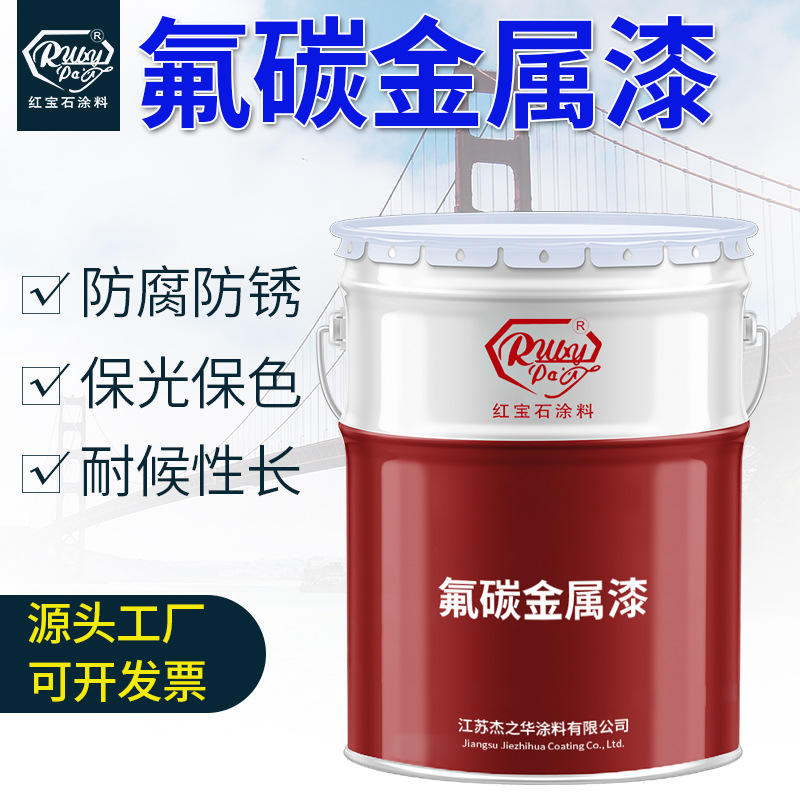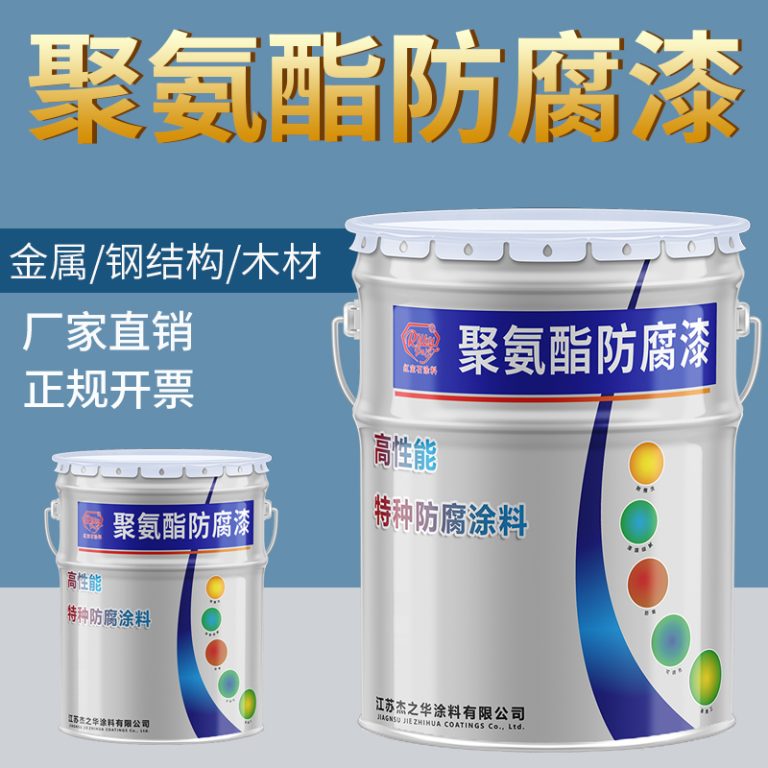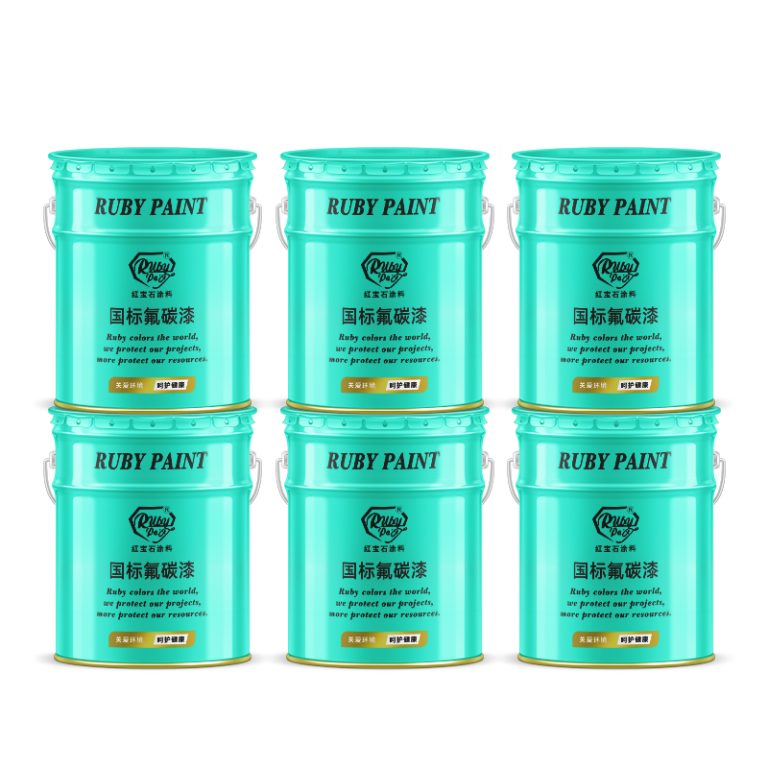Table of Contents
Benefits Of Using Spray Antistatic Paint In Electronics Manufacturing
Spray antistatic paint is an innovative solution that has revolutionized the electronics manufacturing industry. This specialized coating is designed to reduce or eliminate static electricity, which can be a major concern in the production and handling of electronic components. The benefits of using spray antistatic paint in electronics manufacturing are numerous and can significantly enhance the quality and reliability of the final products.
| No. | Products |
| 1 | Industrial paint |
One of the primary advantages of spray antistatic paint is its ability to prevent electrostatic discharge (ESD). ESD occurs when there is a sudden flow of electricity between two electrically charged objects, which can be caused by contact, an electrical short, or dielectric breakdown. This phenomenon can be detrimental to electronic components, as it may lead to permanent damage or failure of the devices. By applying spray antistatic paint, manufacturers can create a protective layer that dissipates static electricity, thereby safeguarding sensitive components from ESD-related damage.
Furthermore, the use of spray antistatic paint also contributes to a cleaner and safer working environment. Static electricity can attract dust and other particulate matter, which can contaminate the production area and compromise the integrity of the electronic components being assembled. The antistatic properties of the spray paint help to minimize the accumulation of dust, ensuring that the workspace remains clean and that the products are free from contaminants. This is particularly important in industries where precision and cleanliness are paramount, such as in the manufacturing of semiconductors and other microelectronic devices.
In addition to protecting against ESD and reducing contamination, spray antistatic paint also enhances the durability and longevity of electronic products. By preventing static buildup, the paint helps to avoid stress and strain on the components, which can otherwise lead to premature wear and tear. This results in electronic devices that are more robust and have a longer operational life, which is beneficial for both manufacturers and consumers.
Moreover, the application of spray antistatic paint is a cost-effective solution for electronics manufacturers. The process of applying the paint is relatively simple and can be easily integrated into existing production lines. This means that manufacturers can implement this solution without the need for significant investments in new equipment or technologies. Additionally, by reducing the incidence of ESD-related damage and contamination, spray antistatic paint can help to decrease the costs associated with rework, repairs, and warranty claims, ultimately improving the overall profitability of the manufacturing process.
In conclusion, spray antistatic paint offers a multitude of benefits for electronics manufacturing. Its ability to prevent electrostatic discharge, reduce contamination, enhance product durability, and provide a cost-effective solution makes it an invaluable tool for manufacturers. By incorporating spray antistatic paint into their production processes, electronics manufacturers can improve the quality and reliability of their products, while also creating a safer and more efficient working environment. As the electronics industry continues to evolve and expand, the use of innovative solutions like spray antistatic paint will play a crucial role in meeting the demands of modern manufacturing.
How To Properly Apply Spray Antistatic Paint For Optimal Results
Spray antistatic paint is a specialized coating designed to reduce or eliminate static electricity on various surfaces. It is commonly used in industries where static electricity can pose a risk to electronic components, such as in electronics manufacturing, telecommunications, and data centers. Proper application of spray antistatic paint is crucial to ensure optimal results and prevent any potential damage caused by static discharge.
To begin the application process, it is essential to prepare the surface that will be painted. The surface should be clean, dry, and free of any dust, dirt, or grease. This can be achieved by wiping the surface with a clean cloth and using a suitable cleaning solution if necessary. Once the surface is prepared, it is important to ensure that the area is well-ventilated. This will help to avoid inhaling any harmful fumes from the paint and will also aid in the drying process.
Next, shake the can of spray antistatic paint thoroughly before use. This will help to mix the contents and ensure a consistent application. When spraying, hold the can approximately 6 to 8 inches away from the surface and use a steady back-and-forth motion. It is important to apply the paint in thin, even layers to avoid drips and ensure a smooth finish. Allow each layer to dry completely before applying the next. Depending on the specific product and environmental conditions, drying times may vary, so it is important to refer to the manufacturer’s instructions.
In addition to applying the paint evenly, it is also crucial to cover the entire surface that needs protection from static electricity. Pay special attention to corners and edges, as these areas are often prone to static buildup. If necessary, use masking tape to protect adjacent areas from overspray.
Once the final layer of spray antistatic paint has been applied and is fully dry, it is important to test the surface to ensure that it is adequately protected against static electricity. This can be done using a static meter, which measures the level of static charge on the surface. If the readings indicate that the surface is still prone to static buildup, additional layers of paint may be necessary.
Finally, it is important to maintain the antistatic properties of the painted surface over time. This may involve periodic cleaning and reapplication of the spray antistatic paint, depending on the level of wear and tear and the specific environmental conditions. Regular maintenance will help to ensure that the surface remains protected against static electricity and continues to perform optimally.
In conclusion, properly applying spray antistatic paint involves careful preparation of the surface, even application of the paint, and regular maintenance. By following these steps, you can effectively reduce or eliminate static electricity on various surfaces and protect sensitive electronic components from potential damage. Remember to always refer to the manufacturer’s instructions for specific guidance on application and maintenance procedures.
Comparing Different Brands Of Spray Antistatic Paint For Industrial Use
Spray antistatic paint is an essential tool in various industrial settings where controlling static electricity is crucial. This type of paint is specially formulated to reduce the buildup of static charges on surfaces, thereby preventing damage to sensitive electronic components and reducing the risk of sparks that could lead to fires or explosions. With several brands offering spray antistatic paint, it is important to compare their features and performance to determine the best option for specific industrial applications.
One of the key factors to consider when comparing different brands of spray antistatic paint is the effectiveness of the antistatic properties. Some brands use advanced conductive materials that provide superior static dissipation, ensuring a safer working environment. It is essential to look for products that have been rigorously tested and certified to meet industry standards for static control. This information is typically available in the product specifications or can be obtained from the manufacturer.
Another important aspect to consider is the durability of the antistatic coating. Industrial environments often involve exposure to harsh conditions, including extreme temperatures, humidity, and abrasive chemicals. A high-quality spray antistatic paint should be able to withstand these conditions without degrading or losing its antistatic properties. Brands that offer paints with enhanced resistance to environmental factors are generally more reliable for long-term use in industrial settings.
The ease of application is also a critical factor when comparing spray antistatic paints. Some brands have developed formulations that can be easily applied with standard spray equipment, while others may require specialized tools or techniques. The drying time and the need for multiple coats can also vary between products. Choosing a paint that is easy to apply and dries quickly can help reduce downtime and increase productivity in industrial operations.
| Nr. | Name |
| 1 | Fluoracarbon paint |

In addition to performance characteristics, the cost of spray antistatic paint is an important consideration for many industrial users. While it may be tempting to opt for the least expensive option, it is crucial to weigh the cost against the quality and longevity of the antistatic coating. In many cases, investing in a higher-quality paint can result in lower overall costs by reducing the need for frequent reapplications and minimizing the risk of costly equipment failures or safety incidents.
Environmental and safety considerations are also becoming increasingly important in the selection of industrial coatings. Many companies are now seeking spray antistatic paints that are formulated with environmentally friendly ingredients and low levels of volatile organic compounds (VOCs). These products not only contribute to a healthier workplace but also help industries comply with environmental regulations.
In conclusion, when comparing different brands of spray antistatic paint for industrial use, it is essential to consider a range of factors including the effectiveness of the antistatic properties, durability, ease of application, cost, and environmental impact. By carefully evaluating these aspects, industrial users can select a spray antistatic paint that provides reliable performance, meets safety standards, and offers the best value for their specific needs. As technology continues to advance, it is likely that even more innovative and effective antistatic coatings will become available, further enhancing safety and efficiency in industrial environments.




